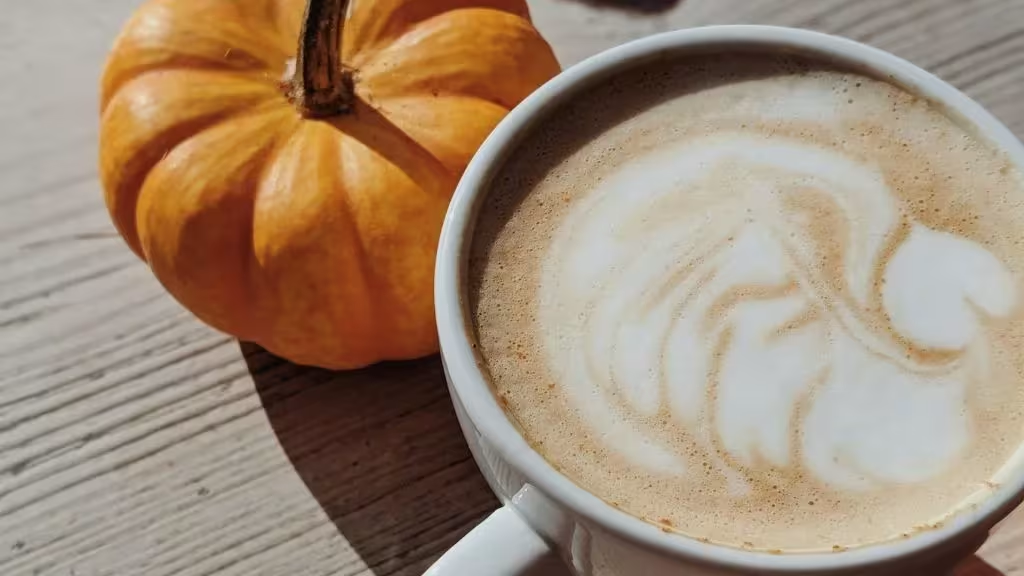Origins: When, Why, and How the Pumpkin Spice Latte Came to Be
The now-iconic Pumpkin Spice Latte (PSL) first emerged in April 2003 in Starbucks’ “Liquid Lab” at their Seattle headquarters, crafted by a team led by product manager Peter Dukes. The goal was to create a signature fall beverage that would resonate with customers. Early trials involved tasting pumpkin pie alongside espresso to blend the ideal balance of spices with coffee—a blend of cinnamon, nutmeg, clove, and more. This experimental drink debuted as a test in October 2003 in just 100 stores across Vancouver, Canada, and Washington, D.C., before rolling out across the U.S. and Canada the following year.
It rapidly became Starbucks’ most popular seasonal drink, with over 200 million sold by 2013, generating at least $80 million in seasonal revenue annually; more recently, total sales exceed 424 million units globally.
Beyond the U.S.: Is the Obsession International?
While the pumpkin spice craze began in North America, it has since spread globally. Starbucks has taken the PSL worldwide, and pumpkin spice products can now be found in markets as diverse as Australia and Southeast Asia. Though still most popular in the U.S., its reach continues expanding.
The 2025 Season: Starbucks Just Released It—and Sales Impact
For the 2025 fall season, Starbucks officially relaunched its Pumpkin Spice Latte on August 26, earlier than ever. It’s offered hot, iced, or blended, made with real pumpkin, espresso, steamed milk, whipped cream, and pumpkin-pie spices.
The launch has a powerful “PSL halo effect,” driving foot traffic at Starbucks by 24.1% on average—much higher in some states.
Conclusion: A Seasonal Icon That Keeps You Coming Back
From its experimental origins in a lab to becoming a global seasonal symbol, the Pumpkin Spice Latte transcends its ingredients—it’s a ritual, a cultural marker, and a surefire strategy to stir excitement and sales every fall.



